I just uncovered this gem, from an interview that I conducted in 2014 with three sisters, Neng Atini Roslan, Danilah Roslan and Siti Dahlia Roslan.
The Girls of Jalan Saksama, as I called the sisters, had some wonderful stories to share of their experiences in Kangkar Fishing Village and in Jalan Saksama in Changi — two places that we can now only imagine.

Memories of Kangkar
Our father was a health inspector with the health department. Before Dahlia was born, we lived in a bungalow that belonged to the government, in Kangkar, near Punggol.
Kangkar was a fishing village. There was a fish auction market there, next to our house, and beyond that, a jetty. A police station stood at the end of the road.
There was also a mama (a commonly used Tamil word in reference to an elder or an uncle) prata shop right next to our house. The people who worked there came from India and wore a short sarong that was often pulled up.
The men had left their families back in India. They missed their children and every time they saw us, they would try to hug and kiss us. We never liked it and avoided going into the shop, even when we had to ask to borrow their matches.
The catch was brought in to the fish market very early every morning. Lots of boats came in. Although it was hard to tell from their sun-darkened skins, the fishermen were mainly Chinese. They came from Indonesia and spoke what sounded like Hokkien, or possibly Teochew.
We could see the auction from the balcony of our house, hearing shouts of “sa-chap, sa-chap; see-chap, see-chap; gor-chap, gor-chap” – “thirty (dollars), thirty; forty, forty; fifty, fifty” as the auction progressed. We once saw a huge turtle being sold. It had been turned upside down.
A towkay from the fish market, Mr Png, was very nice to us. He often allowed us to pick the best live fish for free. We could also take dead fish to feed the cat.
We were the only Malays in the village. During a visit there by the then Prime Minister Mr. Lee Kuan Yew, as the only Malay man there, my father was invited to sit next to him.
It was the Chinese neighbours, Mr Png in particular, who helped to protect us during the racial riots. There was a curfew during one outbreak. Our father couldn’t come home and called Mr Png, who came over with the news. He advised us to stay indoors, keep our doors locked and to expect a lot of noise. He also said we would be safe upstairs and gave us some fish to eat.
The riots spread to the village and it was frightening. We could hear the commotion outside, but our mother kept us well hidden on the upper floor of our house. The long stairway of 30 steps that led up could be raised and closed. We kept our heads down so no one would see us.
Mr Png had a son named Tai Seng, whom he had offered to my parents for adoption since there were only girls in our family. At the time, our mother was expecting Danilah and so declined the offer. She thought it would be too taxing to take care of two infants.
With Mr Png and the other Chinese villagers, we communicated in Malay. Everyone spoke some form of Malay then.
The Chinese wayang came to the village during the Chinese festivals. We remember a festival during which we could see the loh-tang, mediums in a trance. They seemed to go crazy and would sometimes chase the children. During that festival, ash would be thrown into the river.
Changi: “The Best Years of Our Lives”
In 1967, we moved from Kangkar to Jalan Saksama near Changi, where our parents bought two acres of land close to Kampong Darat Nanas, behind Changi Prison. The beach was close by, about half an hour’s walk away.
The house that we lived in had already been built when we acquired the land. My father refurbished it and whenever he had money, more rooms would be added. We got our drinking water from a standpipe. Water for other uses such as washing, came from a well.
Unusual as it may have been for Muslims, we had four dogs. They were needed for security. We also kept chickens, geese, turkeys, guinea pigs and even mongoose.
My father planted many trees: forty coconut palms, twenty rambutan, twenty mango and four durian trees. The durian trees only started bearing fruit as we were about to vacate the place. The rambutans were of both the red and yellow varieties. There were also jackfruit, papaya, soursop, custard apple and jambu trees.
We loved climbing the trees. Often, so as to be undisturbed by our dogs and chickens, we would climb a tree to eat nasi lemak, which would be wrapped in a banana leaf. We each also had a favourite tree, from which we would sometimes hang upside down.
There was a Chinese vegetable farm near our house. The farmer also kept pigs. This was perhaps for their manure, which was used as fertilizer. For just five cents the farmer allowed us to pick almost anything we needed from the vegetable plots and often we would take home two to three kilogrammes of vegetables.
From the farm, we also got our supply of fresh eggs, to supplement the eggs our own chickens had laid.
On the left side of our house, there was a sugarcane plantation and also a chiku and rambutan plantation. We would sometimes help ourselves to the fruit, filling baskets we carried with us. Whenever a car passed, we would hide or pretend to be picking grass for the chicken coop.
Our father was the sole breadwinner and whatever he earned went into supporting the family. We had little in terms of luxury and had ice cream only once a month. We bought this at the provision shop that we visited once a week for our grocery shopping.
We purchased groceries on credit. The credit the shopkeeper extended to us was recorded in a little booklet in which we were identified as orang kaya or rich people. It always seemed ironic to us as we owed the shopkeeper money for every item that we purchased. The shopkeeper somehow trusted us. He never failed to deliver the goods on the list our mother prepared, no matter how much we owed him.
The shop was located halfway along the road to the prison, which was in Upper Changi Road. We always had the dog Blackie with us. It was probably because of the dog that the other Malay folk in the village were wary of us. As a result we did not mix with the other Malay children in the village.
There were several other shops at Kampong Darat Nanas. Besides the Malay shop that we got our groceries from, there was also an Indian shop and a Chinese provision shop that was closer to the prison.
For 5 cents we got our supply of ice-balls from the Chinese shop. The ah-pek (a Hokkien word that refers to an elderly man) at the shop never seemed to wash his hands when he made the ice-balls. We never washed ours either and devoured the flavoured ice as fast as we could.
There was a big tree in front of the prison. The top part of the tree seemed to be dead, but the bottom was somehow alive. We called it the “haunted tree”. Everyone from the village seemed to keep well away from it with the exception of the Chinese folk because a Taoist shrine was maintained under the tree.
We were not supposed to go to the beach on our own, but we went whenever we could. This would usually be during the weekends or during the school break. What drew us to the beach was that we could play in the sea. With Blackie always by our side, we headed there on the dirt road that led to the coast.
There was a spring along the way, very close to the sea (this would have been at Ayer Gemuroh). Water gushed out from it and came out of a slope by the side of a road. It was where we could stop to quench our thirst. We never had to carry water with us.
We gained access to the beach from the side of a mosque located by the sea. There seemed to be no access from other areas along the beach because many houses and bungalows had been built there.
Our home in Changi provided us with the best years of our lives. Sadly, we had to leave it behind after living there for about 10 years because the government wanted to acquire the land to build Changi Airport. We were given six months to vacate our home.
The Pain of Moving
We decided to move out early although many of our neighbours stayed on for as long as they could. We did not want to live there without water and electricity, which had already been cut-off.
Since the flat we had applied for in Haig Road wasn’t ready yet, we were provided with temporary housing for three months, so we moved into a very cramped two-bedroom flat in Changi Village. It was rather stressful for us. There was nowhere to run around and we cried all the time.
Our father also had to give the dogs away, to a friend of his who lived on a property with land in Punggol. The dog that we were close to, Blackie, often attempted to look for us.
Once, when we were going visiting in a car, we saw a dog puffing and panting, running along the road. It was Blackie. He had run away from his new master and had somehow found us.
Blackie also looked for Danilah at Bedok Primary School where she went to school. On one occasion she had seen a dog from the bus she had boarded on her way home from school. Danilah recognised Blackie and as soon as she reached her home in Changi Village, she threw her books and her violin down, then took a bus back. Blackie was still waiting for her and when she called and approached, he immediately jumped up on Danilah, who started crying.
At Changi Village, we walked to the beach every morning. We also went fishing. There were plenty of fish to be caught, including ikan tamban (sardine) and ikan selar (yellowtail scad), which we caught without using bait. We would spend hours fishing.
Life was very different when we moved to Haig Road. A lot of adjustment was needed and it took us a long time to adapt.
These days we are spread far and wide, Danilah has moved to the U.S. and Dahlia now resides in Bahrain. We try to come back every Hari Raya and that is when we can reminisce about our days by the sea. We deeply miss the sea and everything about the place we had by the sea. We miss the trees, the dogs, climbing trees, running around, and most of all, the freedom that living there had allowed us.




















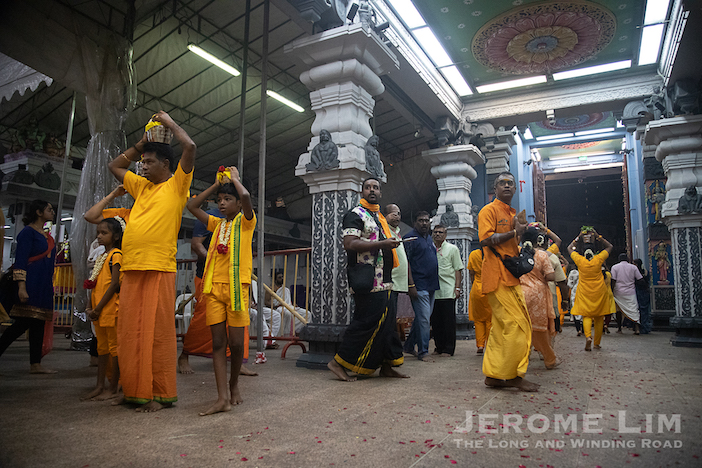




























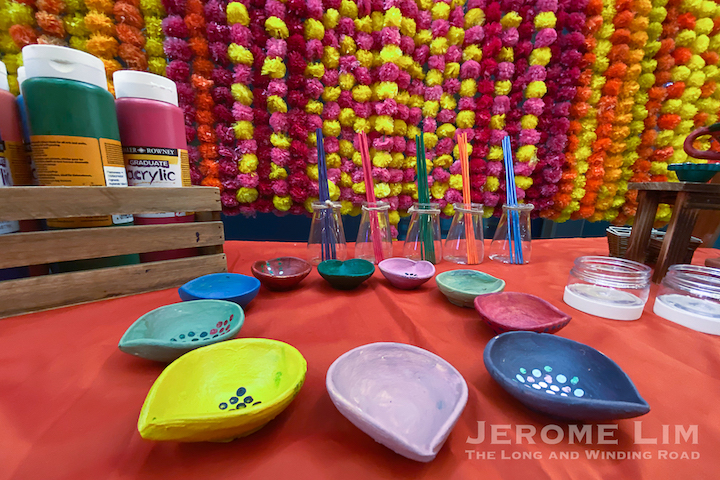














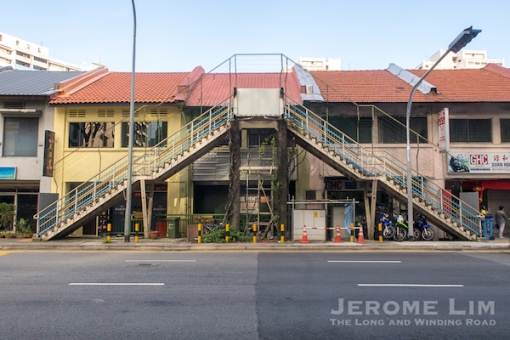





























































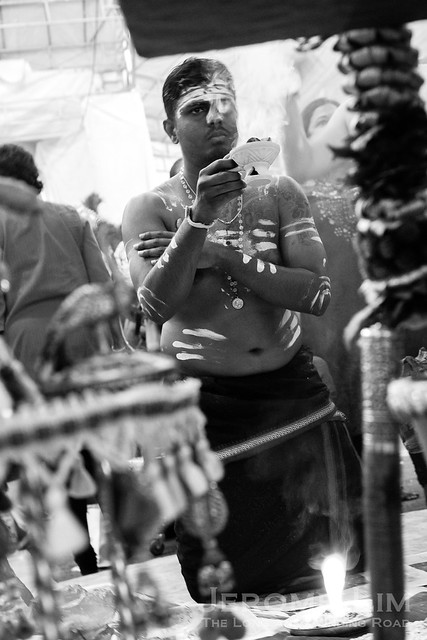
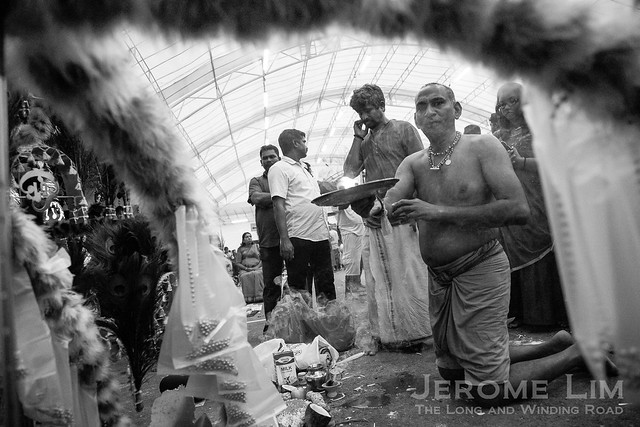
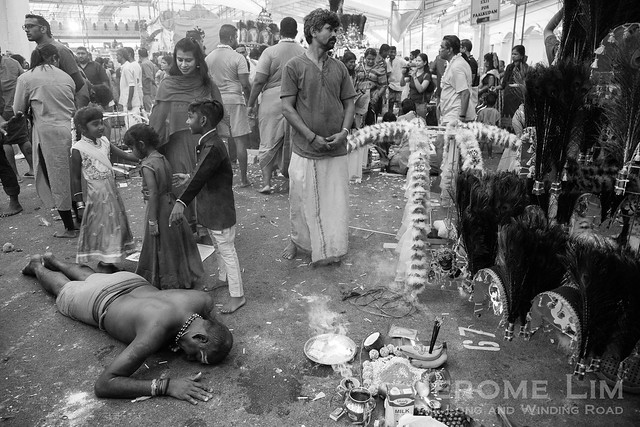
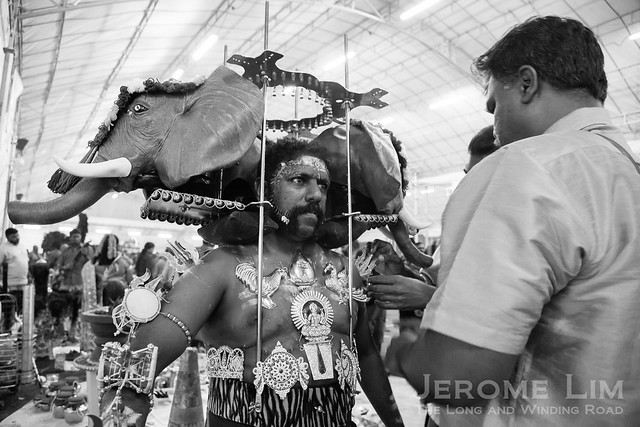



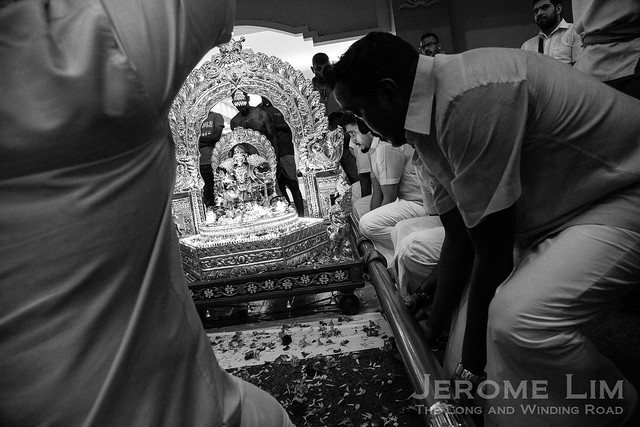


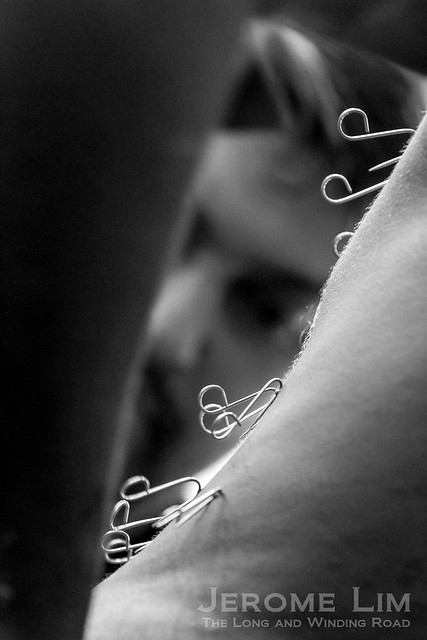
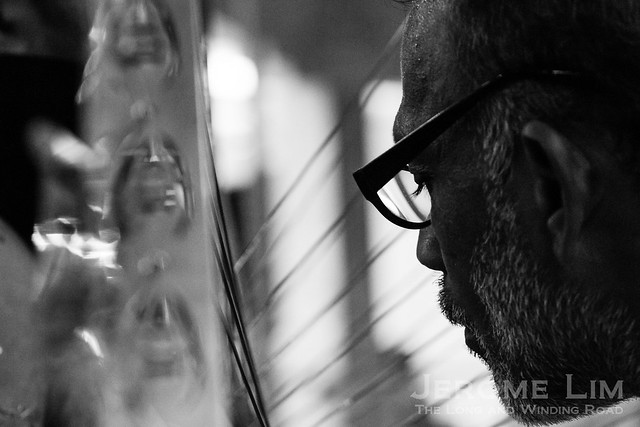
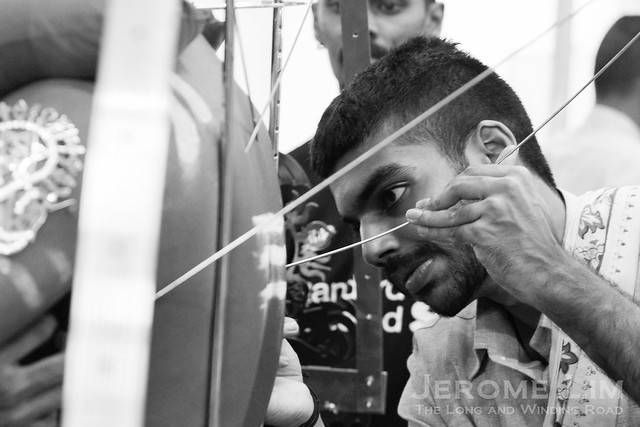
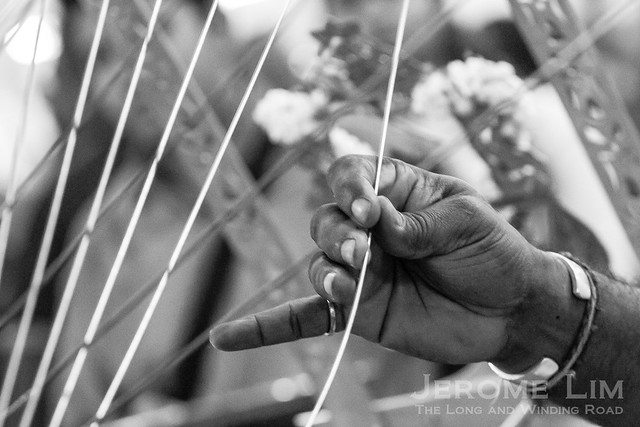
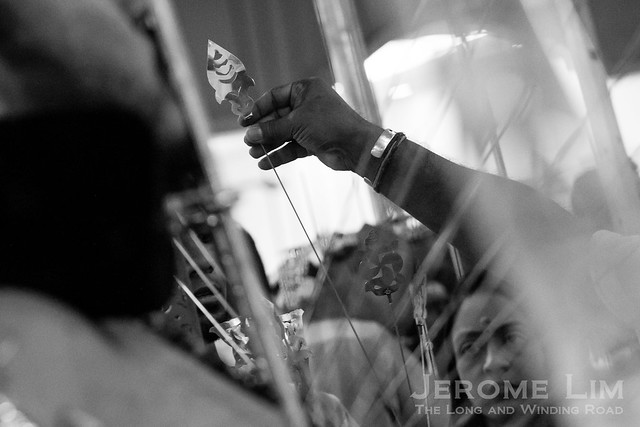
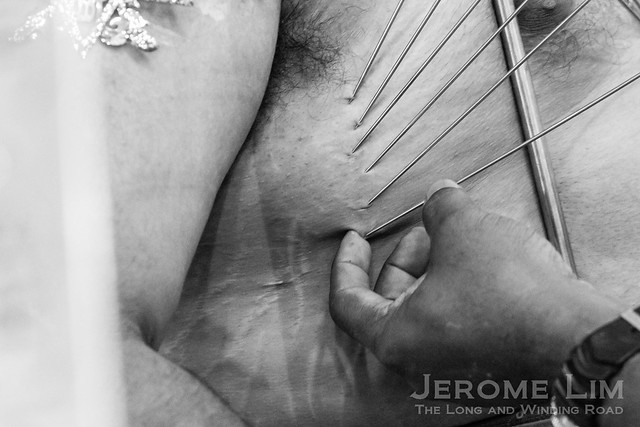

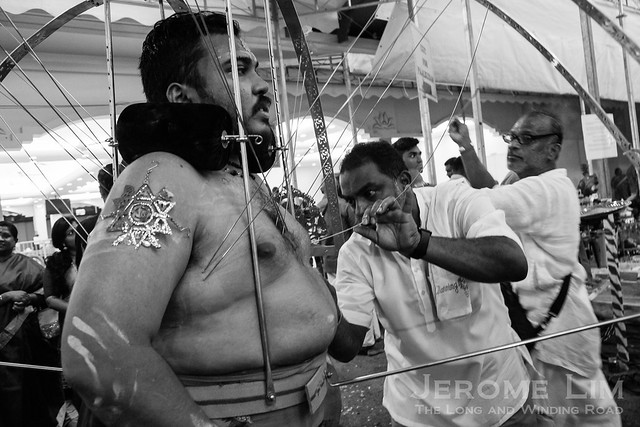











































 The factory added its presence in 1954, the same year the National Aerated Water Company had marked its 25th anniversary. The investment, amounting to some S$500,000, gave the company an output to 48,000 bottles a day – more than twice what its previous plant at Hamilton Road could manage (see
The factory added its presence in 1954, the same year the National Aerated Water Company had marked its 25th anniversary. The investment, amounting to some S$500,000, gave the company an output to 48,000 bottles a day – more than twice what its previous plant at Hamilton Road could manage (see 




















































































 \
\  \
\  \
\  \
\  \
\  \
\  \
\  \
\  \
\  \
\  \
\  \
\


































































































